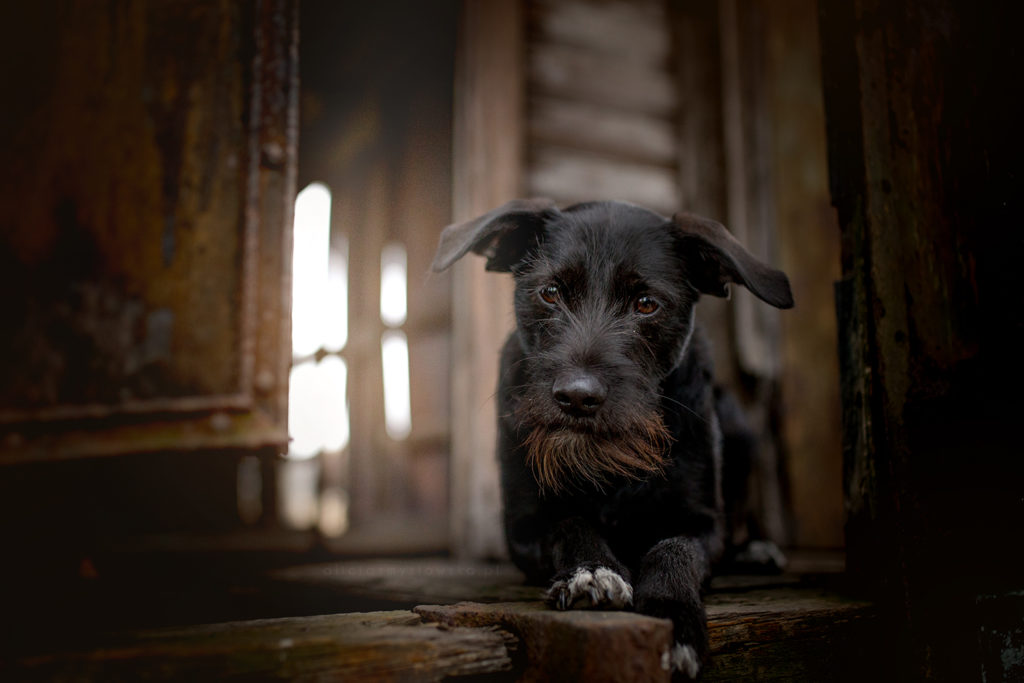
„Education of Choice and Science”. What is dog training. Ethics and philosophy behind my work.
This article is a part of a lecture I prepared for one of my online classes – Trainer’s toolbox. Writing the introductory lecture, I realized that first thing I need to do is to explain what dog training really means to me. What are my methods, why I do what I do and what are my guidelines. I felt the need to explain this to the people I teach, otherwise how can they fully understand what I want them to learn. I called it „Education of Choice and Science” as these two are the most significant points from my list.
- Science.
In order to influence life of dogs, we need to understand what processes are involved. Our main interest is how animals learn, and as such we need to know the principles that apply to learning. We didn’t invent those rules, like we didn’t invent rules for matrix or subtraction. We simply learned to use them.We cannot disregard the science, we should learn how to apply it in real life. Because science in its definition is a systematic approach to understand the phenomena of interest. It means it can help us in our practical work, without science we are left with guidelines and never sure what will be the outcome of our work.Behavior is our focus. It doesn’t mean emotions are not happening, we are simply unable to measure them. They are crucial and extremely important part of dog’s life but we can only alter them by working on behavior. That’s why we should focus on behavior and rules by which it is governed. This also implies ethical approach, as dogs are unable to use verbal behavior to explain how they feel in the moment, we should be even more careful with the methods we use. That’s why our first hand choice should always be positive reinforcement.
Behavior does not exist in vacuum. To fully understand the antecedent conditions and consequences, we need to be very careful observers. Because to look only in one behavior without it’s context, history of the learner is just a grave mistake. Scientific approach gives us tools and empowers us as teachers.

- Choice.
I believe choice is empowering for our learners. As much as we can’t say for 100% that it’s a primary reinforcer, we definitely can make an assumption that lack of choice is punishing. Giving dogs choice is a core of my dog training philosophy.
Because of the world we live in, we are forced to limit the choice of our companion animals to a great extent. We choose what they eat, were they live, who they meet. It’s often dictated by safety of the animal or other members of our community. This is simply how our world functions. But because of that I am a great advocate of giving choice in training situations. Our responsibility as trainers is to make process of learning an experience that our dog will choose to engage in. Providing choice means allowing animal to be a partner, not a slave. Give your dog choice, and if you are afraid he will choose not to engage in learning with you, it means you should reconsider how your training looks in the first place. - Dog as an individual. Yes, rules of behavior apply to all leaving organisms. But in order to successfully teach a dog, engage with him in a learning process we need to look at him as an individual with a certain history, with certain skills or lack of skills. Only then we will be able to choose the proper tools from our toolbox. Undermining history of our learner is not science. It’s simply disregarding one of the most valuable information for a method to be successful

- It’s not about what you can teach. It’s about if you should it teach. Being able to teach something doesn’t mean we should do it. Safety and comfort of our learners should be our priority, not titles and scores on trials and competition. Dogs can compromise their well being very easily. We as teachers are there to secure it doesn’t happen. Having tools in our toolbox, doesn’t mean we can or should use them all.
- Conversation. Learning process is about mutual communication, where the line between who is teaching who fades. It’s a conversation between the teacher and the learner. They are roles that compliment each other. Because even during shaping sessions, who is actually shaping who? Is dog controlling my behavior by consequences, or am I controlling his?
This approach makes our learners equal partners in our learning journey. It takes our relationship to a higher level. To communicate with our dogs, we need to know their behavior, we need to know the ethogram of the species. We have to understand the body language.
Agnieszka Janarek – Dog Trainer
